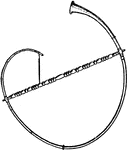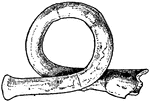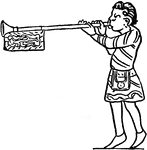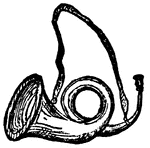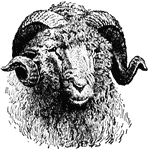Clipart tagged: ‘horns’
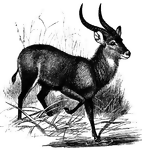
Kobus Sing-Sing Antelope
"A West-African kob antelope, Kobus sing-sing. —Whitney, 1889 This illustration shows the antelope…
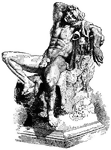
The Barberini Faun, or Drunken Satyr
Illustration of the life-size marble statue located in Munich, Germany. It was found in 1620 in a moat…
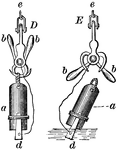
British Navy Sounding Apparatus
"To measure the depth of; fathom; try or test, as the depth of water and the quality of the ground,…

Brooke's Deep Sea Sounding Apparatus
"To measure the depth of; fathom; try or test, as the depth of water and the quality of the ground,…

Gallic Soldier Wearing Trousers and a Horned Helmet
A soldier from Gaul carrying a sword in his right hand and shield in his left. He is wearing a cloak…

Head of Gems'bok
This illustration shows a head of a Gems'bok. A Gems'bok (Oryx Gazella) is a species of South African…
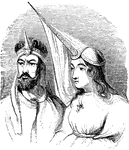
Horns
Horns used as headdresses by (left) an Abyssinian chief and a (right) married woman of the Druses of…
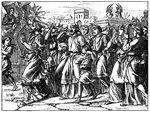
King David Takes the Ark of the Covenant to Mount Zion
"So David and all the house of Israel brought up the ark of Jehovah with shouting, and with the sound…

Stag
"Stag, or Red Deer, is a typical species of deer, occurring in the N. of Europe and Asia. It was once…
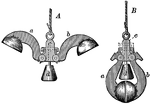
Taselli's Sounding Apparatus with Cups Opened and Closed
"To measure the depth of; fathom; try or test, as the depth of water and the quality of the ground,…
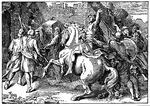
The Walls of Jericho Fall and the Israelites Enter the Promised Land
"So the people shouted, and the priests blew the trumpets; and it came to pass, when the people heard…

